Development of Flotation Device for Removing Unburnt Carbon in Fly Ash for Use in Hardened Cementitious Materials
Abstract
:1. Introduction
2. Materials and Methods
2.1. Flotation Method Experiment
2.2. Concrete Specimen Fabrication
2.3. Concrete Specimen Tests
3. Results and Discussion
3.1. Removal of Unburned Carbon by the Flotation Method
3.2. Base Model Development and Performance Verification
3.3. Treatment Conditions
3.4. Properties of Concrete with MFAS
4. Conclusions
Author Contributions
Funding
Institutional Review Board Statement
Informed Consent Statement
Data Availability Statement
Acknowledgments
Conflicts of Interest
References
- Furubayashi, T. Design and analysis of a 100% renewable energy system for Akita prefecture, Japan. Smart Energy 2021, 2, 100012. [Google Scholar] [CrossRef]
- Matsumoto, K.I. Economic Analysis of Introducing Renewable Energy in a Remote Island: A Case Study of Tsushima Island, Japan. 2021. Available online: https://ssrn.com/abstract=3880819 (accessed on 3 September 2021).
- Kikuchi, M. Changing dynamics of the nuclear energy policy-making process in Japan. Environ. Policy Gov. 2020, 31, 116–124. [Google Scholar] [CrossRef]
- Gollakota, A.R.; Volli, V.; Shu, C.-M. Progressive utilisation prospects of coal fly ash: A review. Sci. Total. Environ. 2019, 672, 951–989. [Google Scholar] [CrossRef] [PubMed]
- Sancho, I.; Licon, E.; Valderrama, C.; de Arespacochaga, N.; López-Palau, S.; Cortina, J.L. Recovery of ammonia from domestic wastewater effluents as liquid fertilizers by integration of natural zeolites and hollow fibre membrane contactors. Sci. Total. Environ. 2017, 584-585, 244–251. [Google Scholar] [CrossRef] [PubMed]
- Xiao, J.; Li, W.; Poon, C.S. Recent studies on mechanical properties of recycled aggregate concrete in China—A review. Sci. China Ser. E Technol. Sci. 2012, 55, 1463–1480. [Google Scholar] [CrossRef]
- Guo, H.; Shi, C.; Guan, X.; Zhu, J.; Ding, Y.; Ling, T.-C.; Zhang, H.; Wang, Y. Durability of recycled aggregate concrete—A review. Cem. Concr. Compos. 2018, 89, 251–259. [Google Scholar] [CrossRef]
- Kou, S.C.; Poon, C.S.; Chan, D. Influence of fly ash as a cement addition on the hardened properties of recycled aggregate concrete. Mater. Struct. 2007, 41, 1191–1201. [Google Scholar] [CrossRef]
- Kou, S.C.; Poon, C.S.; Chan, D. Influence of fly ash as cement replacement on the properties of recycled aggregate concrete. J. Mater. Civ. Eng. 2007, 19, 709–717. [Google Scholar] [CrossRef]
- Katar, I.; Ibrahim, Y.; Malik, M.A.; Khahro, S. Mechanical Properties of Concrete with Recycled Concrete Aggregate and Fly Ash. Recycling 2021, 6, 23. [Google Scholar] [CrossRef]
- Shariati, M.; Mafipour, M.S.; Mehrabi, P.; Ahmadi, M.; Wakil, K.; Trung, N.T.; Toghroli, A.J.S.S. Systems, Prediction of concrete strength in presence of furnace slag and fly ash using Hybrid ANN-GA (Artificial Neural Network-Genetic Algorithm). Smart Struct. Syst. 2020, 25, 183–195. [Google Scholar] [CrossRef]
- Oner, A.; Akyuz, S.; Yildiz, R. An experimental study on strength development of concrete containing fly ash and optimum usage of fly ash in concrete. Cem. Concr. Res. 2005, 35, 1165–1171. [Google Scholar] [CrossRef]
- Wang, Q.; Wang, D.; Chen, H. The role of fly ash microsphere in the microstructure and macroscopic properties of high-strength concrete. Cem. Concr. Compos. 2017, 83, 125–137. [Google Scholar] [CrossRef]
- Architectural Institute of Japan. Japanese Architectural Standard Specification JASS 5 Reinforced Concrete Work; Architectural Institute of Japan: Tokyo, Japan, 2009; p. 187, 672. [Google Scholar]
- Feng, X.; Clark, B. In Evaluation of the physical and chemical properties of fly ash products for use in Portland cement concrete. In Proceedings of the World of Coal Ash (WOCA) Conference, Denver, CO, USA, 9–12 May 2011; pp. 1–8. [Google Scholar]
- Zhang, W.; Honaker, R. Studies on carbon flotation from fly ash. Fuel Process. Technol. 2015, 139, 236–241. [Google Scholar] [CrossRef]
- Yang, L.; Zhu, Z.; Li, D.; Yan, X.; Zhang, H. Effects of particle size on the flotation behavior of coal fly ash. Waste Manag. 2019, 85, 490–497. [Google Scholar] [CrossRef] [PubMed]
- Walker, A.; Wheelock, T.D. Separation of Carbon from Fly Ash Using Froth Flotation. Coal Prep. 2006, 26, 235–250. [Google Scholar] [CrossRef]
- Temuujin, J.; Surenjav, E.; Ruescher, C.H.; Vahlbruch, J.J.C. Processing and uses of fly ash addressing radioactivity (critical review). Chemosphere 2019, 216, 866–882. [Google Scholar] [CrossRef]
- Bittner, J.; Hrach, F.; Gasiorowski, S.; Canellopoulus, L.; Guicherd, H. Triboelectric belt separator for beneficiation of fine minerals. Procedia Eng. 2014, 83, 122–129. [Google Scholar] [CrossRef] [Green Version]
- Soong, Y.; Schoffstall, M.; Link, T. Triboelectrostatic beneficiation of fly ash. Fuel 2001, 80, 879–884. [Google Scholar] [CrossRef]
- Ejtemaei, M.; Gharabaghi, M.; Irannajad, M. A review of zinc oxide mineral beneficiation using flotation method. Adv. Colloid Interface Sci. 2014, 206, 68–78. [Google Scholar] [CrossRef] [PubMed]
- Ayhan, F.D.; Abakay, A.H.; Saydut, A. Desulfurization and Deashing of Hazro Coal via a Flotation Method. Energy Fuels 2005, 19, 1003–1007. [Google Scholar] [CrossRef]
- Yang, L.; Li, D.; Zhang, L.; Yan, X.; Ran, J.; Wang, Y.; Zhang, H. On the utilization of waste fried oil as flotation collector to remove carbon from coal fly ash. Waste Manag. 2020, 113, 62–69. [Google Scholar] [CrossRef]
- Drzymala, J.; Gorke, J.T.; Wheelock, T.D. A flotation collector for the separation of unburned carbon from fly ash. Coal Prep. 2005, 25, 67–80. [Google Scholar] [CrossRef]
- Xia, Y.; Yang, Z.; Zhang, R.; Xing, Y.; Gui, X. Enhancement of the surface hydrophobicity of low-rank coal by adsorbing DTAB: An experimental and molecular dynamics simulation study. Fuel 2018, 239, 145–152. [Google Scholar] [CrossRef]
- Altun, N.E.; Xiao, C.; Hwang, J.-Y. Separation of unburned carbon from fly ash using a concurrent flotation column. Fuel Process. Technol. 2009, 90, 1464–1470. [Google Scholar] [CrossRef]
- Li, G.; Deng, L.; Liu, J.; Cao, Y.; Zhang, H.; Ran, J. A new technique for removing unburned carbon from coal fly ash at an industrial scale. Int. J. Coal Prep. Util. 2014, 35, 273–279. [Google Scholar] [CrossRef]
- Uçurum, M. Influences of Jameson flotation operation variables on the kinetics and recovery of unburned carbon. Powder Technol. 2009, 191, 240–246. [Google Scholar] [CrossRef]
- JIS A 6201, 2015. Fly Ash for Use in Concrete. Japanese Industrial Standard Committee, Japan. 2015. Available online: www.jisc.go.jp (accessed on 15 July 2021).
- Yang, L.; Li, D.; Zhu, Z.; Xu, M.; Yan, X.; Zhang, H. Effect of the intensification of preconditioning on the separation of unburned carbon from coal fly ash. Fuel 2019, 242, 174–183. [Google Scholar] [CrossRef]
- Yang, L.; Zhu, Z.; Qi, X.; Yan, X.; Zhang, H. The process of the intensification of coal fly ash flotation using a stirred tank. Minerals 2018, 8, 597. [Google Scholar] [CrossRef] [Green Version]
- Yu, Y.; Cheng, G.; Ma, L.; Huang, G.; Wu, L.; Xu, H. Effect of agitation on the interaction of coal and kaolinite in flotation. Powder Technol. 2017, 313, 122–128. [Google Scholar] [CrossRef]
- JIS R 5201, 2015. Physical Testing Methods for Cement. Japanese Industrial Standard Committee, Japan. 2015. Available online: www.jisc.go.jp (accessed on 21 July 2021).
- JIS A 1108, 2018. Method of Test for Compressive Strength of Concrete. Japanese Industrial Standard Committee, Japan. 2018. Available online: www.jisc.go.jp (accessed on 28 July 2021).
- JIS A 1149, 2017. Method of Test for Static Modulus of Elasticity of Concrete. Japanese Industrial Standard Committee, Japan. 2017. Available online: www.jisc.go.jp (accessed on 1 August 2021).
- JIS A 1129-3, 2010. Methods of Measurement for Length Change of Mortar and Concrete−Part 3: Method with Dial Gauge. Japanese Industrial Standard Committee, Japan. 2010. Available online: www.jisc.go.jp (accessed on 3 August 2021).
- JIS A 1127, 2010. Methods of Test for Dynamic Modulus of Elasticity, Rigidity and Poisson’s Ratio of Concrete by Resonance Vibration. Japanese Industrial Standard Committee, Japan. 2010. Available online: www.jisc.go.jp (accessed on 6 August 2021).
- Cho, Y.K.; Jung, S.H.; Choi, Y.C. Effects of chemical composition of fly ash on compressive strength of fly ash cement mortar. Constr. Build. Mater. 2019, 204, 255–264. [Google Scholar] [CrossRef]
- Farooq, F.; Czarnecki, S.; Niewiadomski, P.; Aslam, F.; Alabduljabbar, H.; Ostrowski, K.A.; Śliwa-Wieczorek, K.; Nowobilski, T.; Malazdrewicz, S. A Comparative Study for the Prediction of the Compressive Strength of Self-Compacting Concrete Modified with Fly Ash. Materials 2021, 14, 4934. [Google Scholar] [CrossRef] [PubMed]
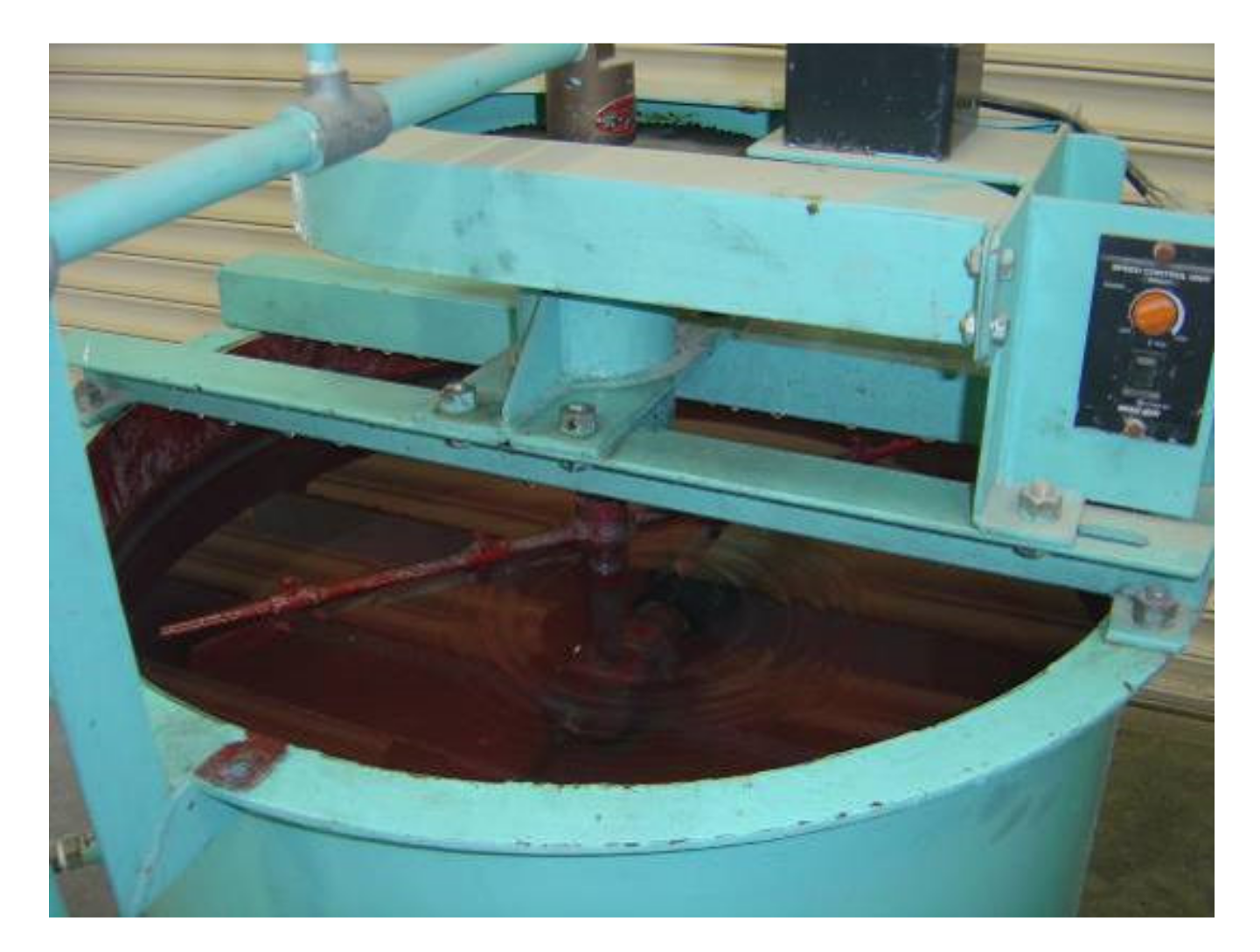

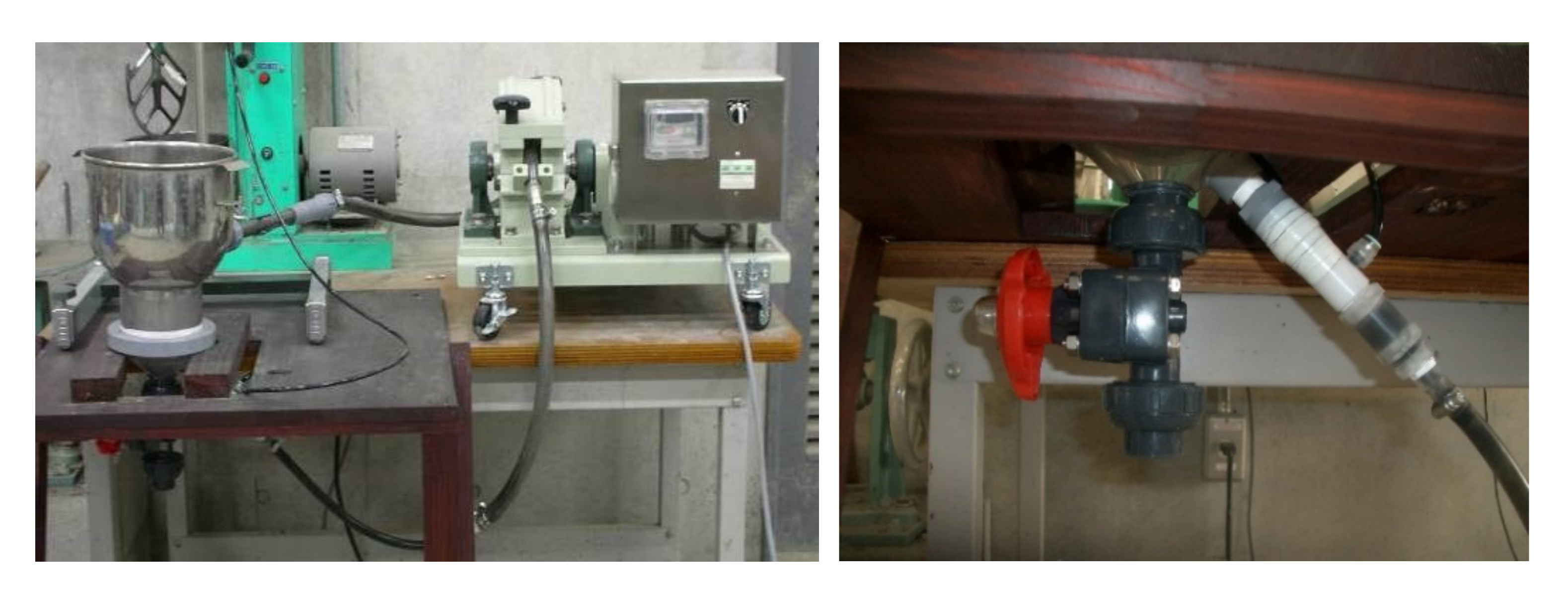
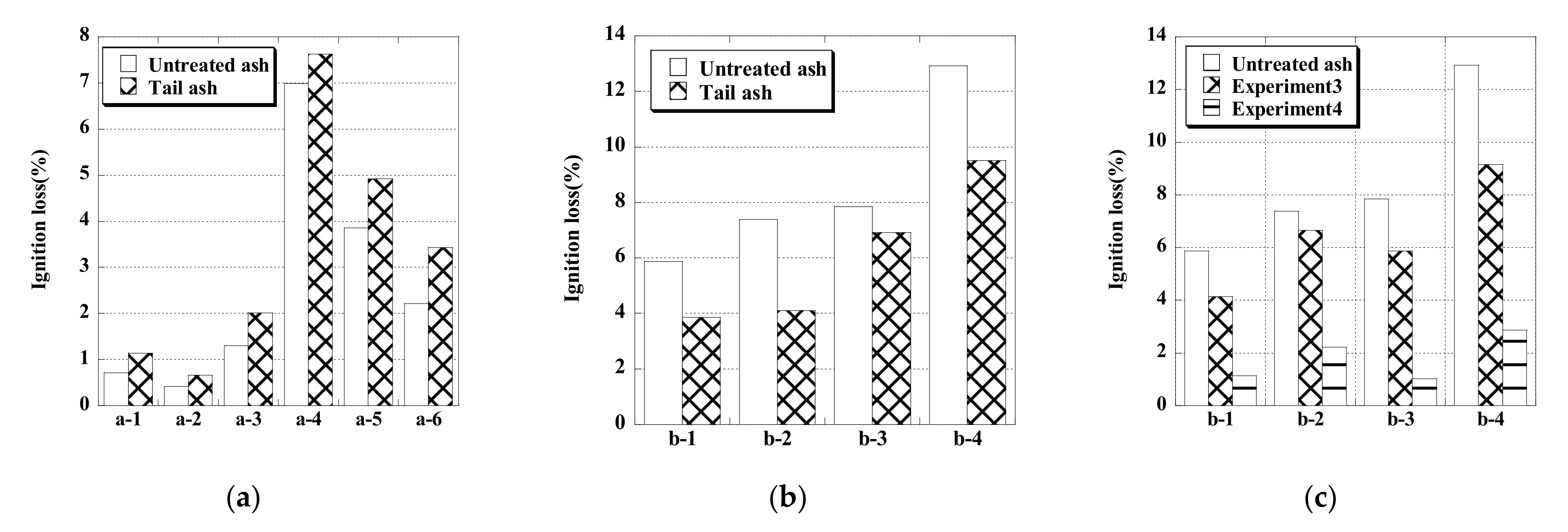

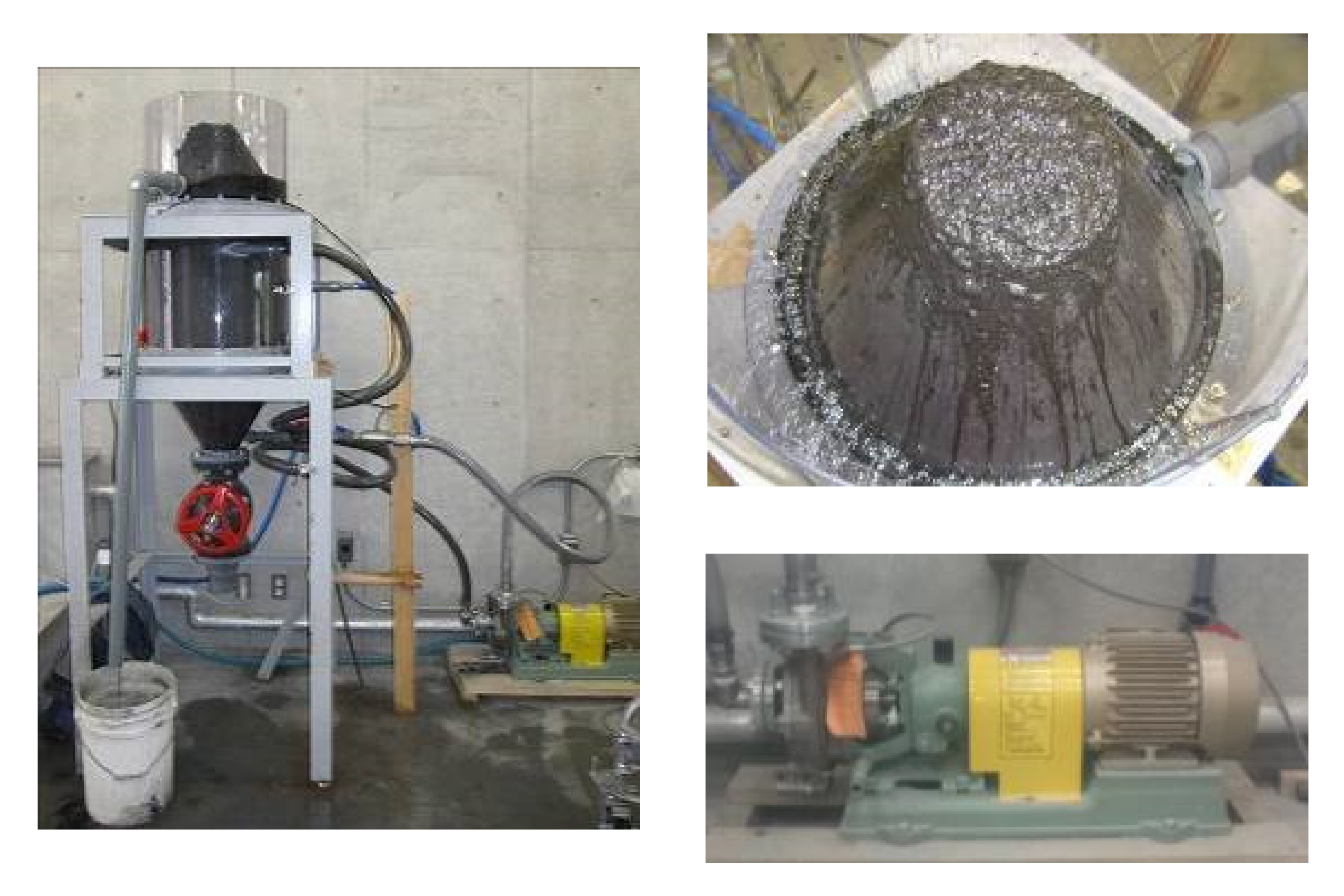

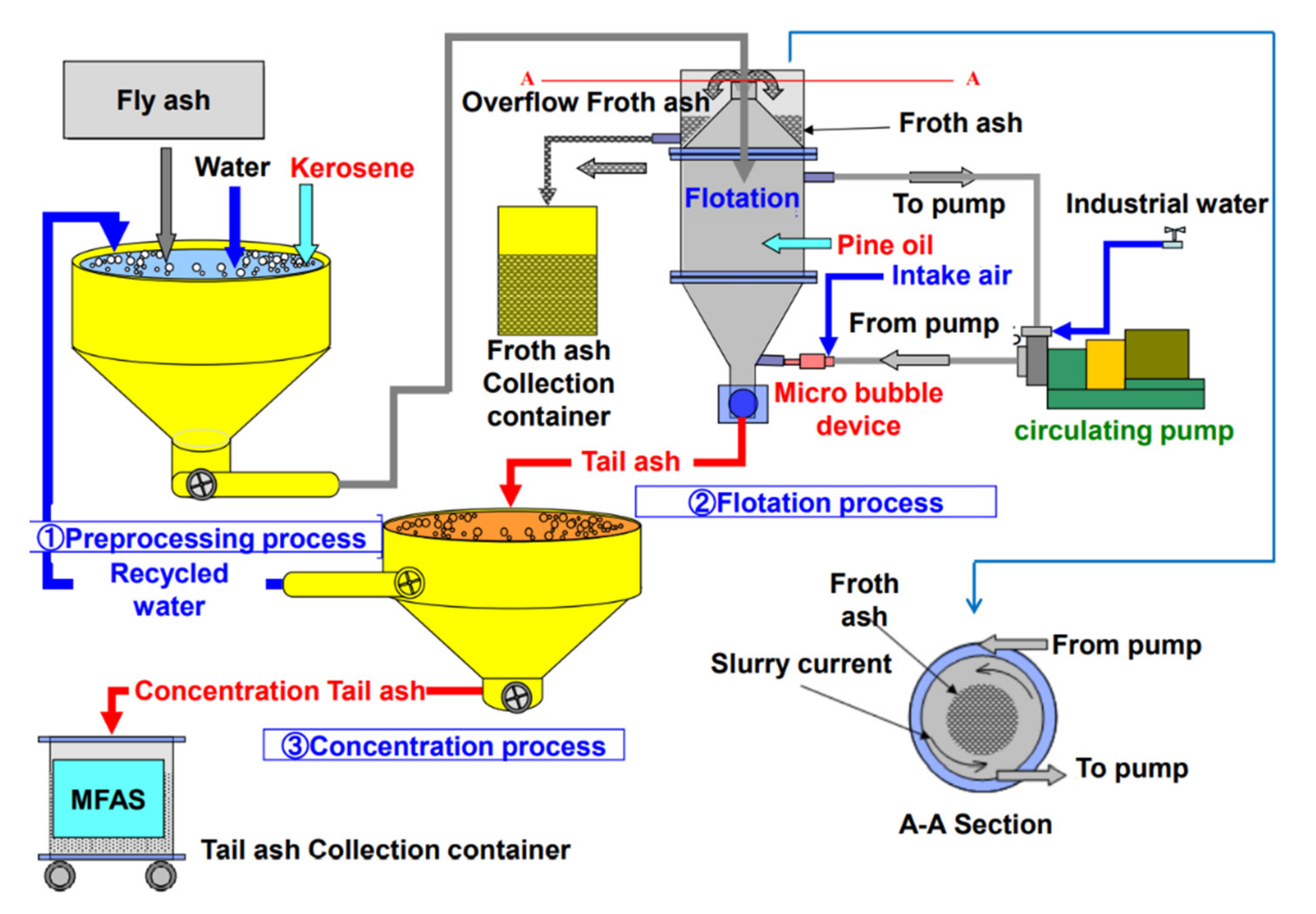
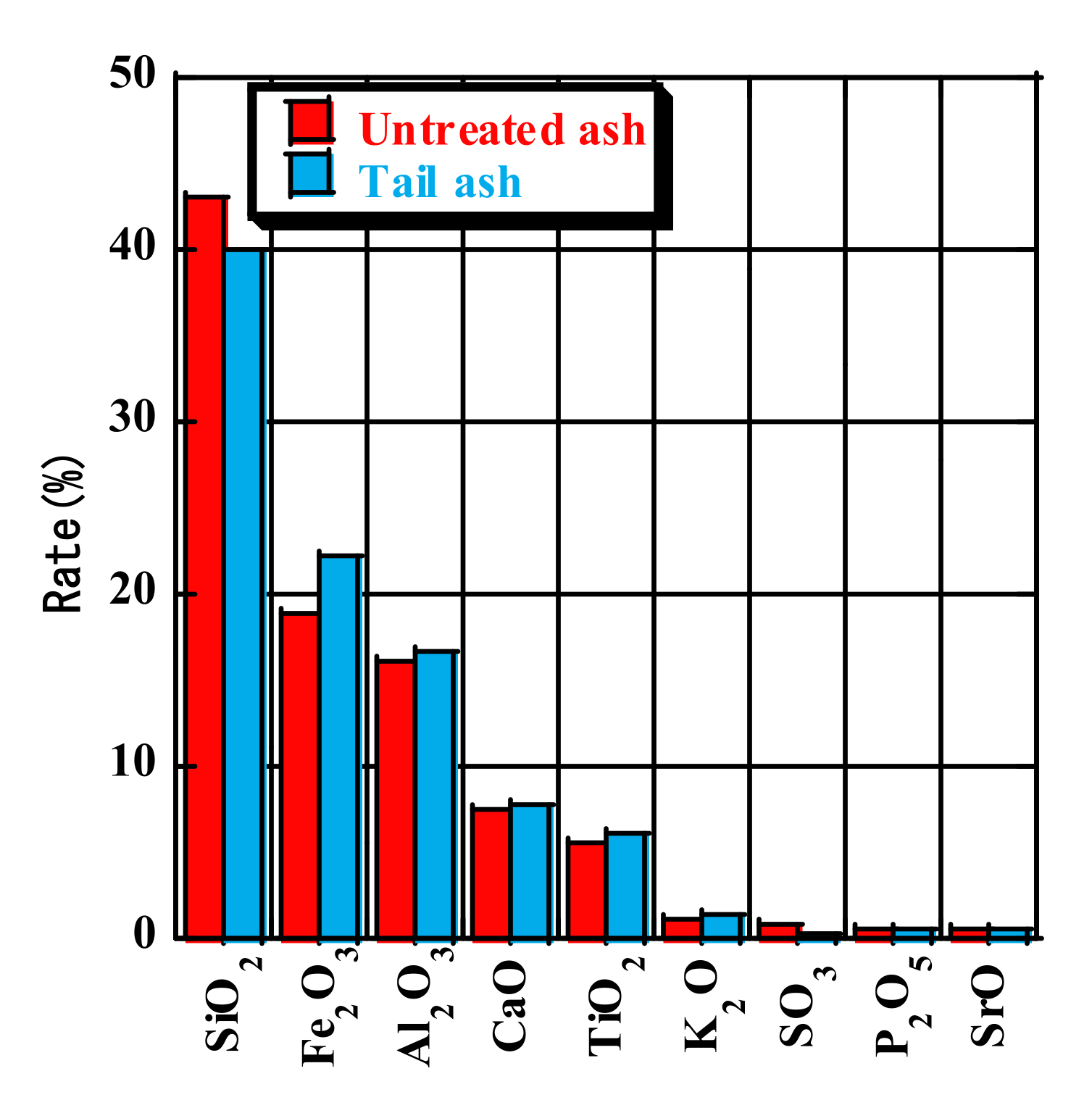
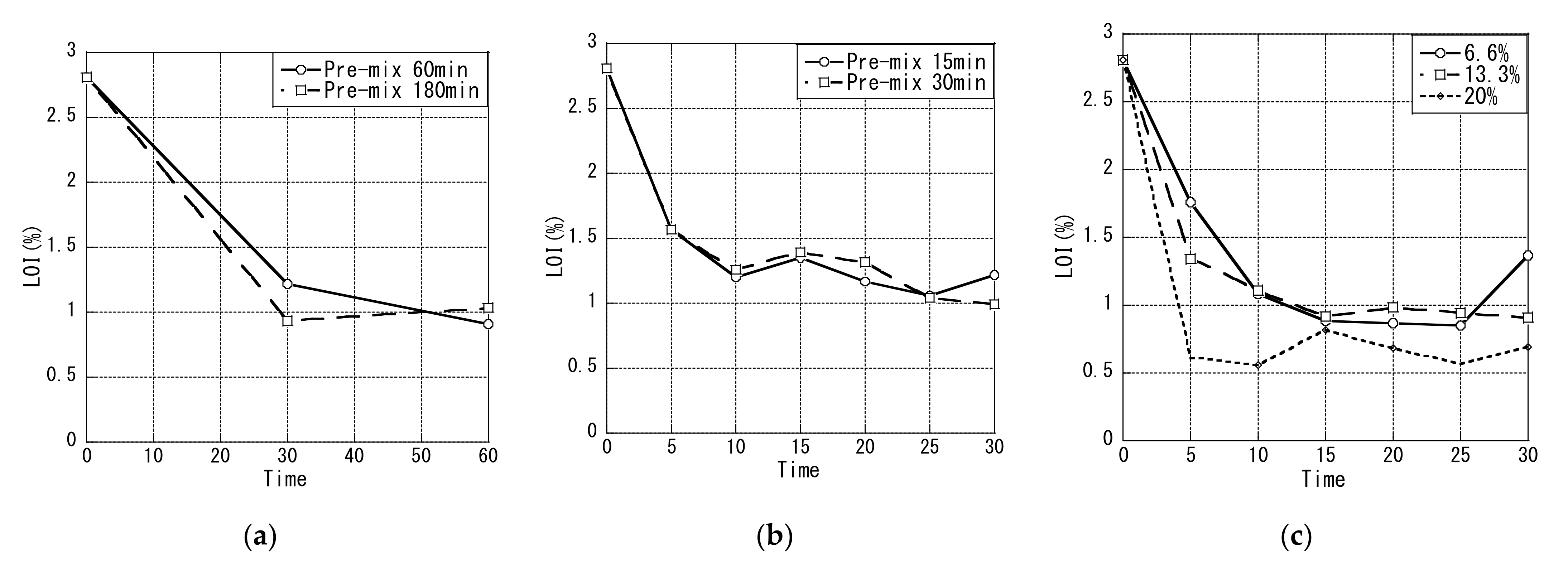

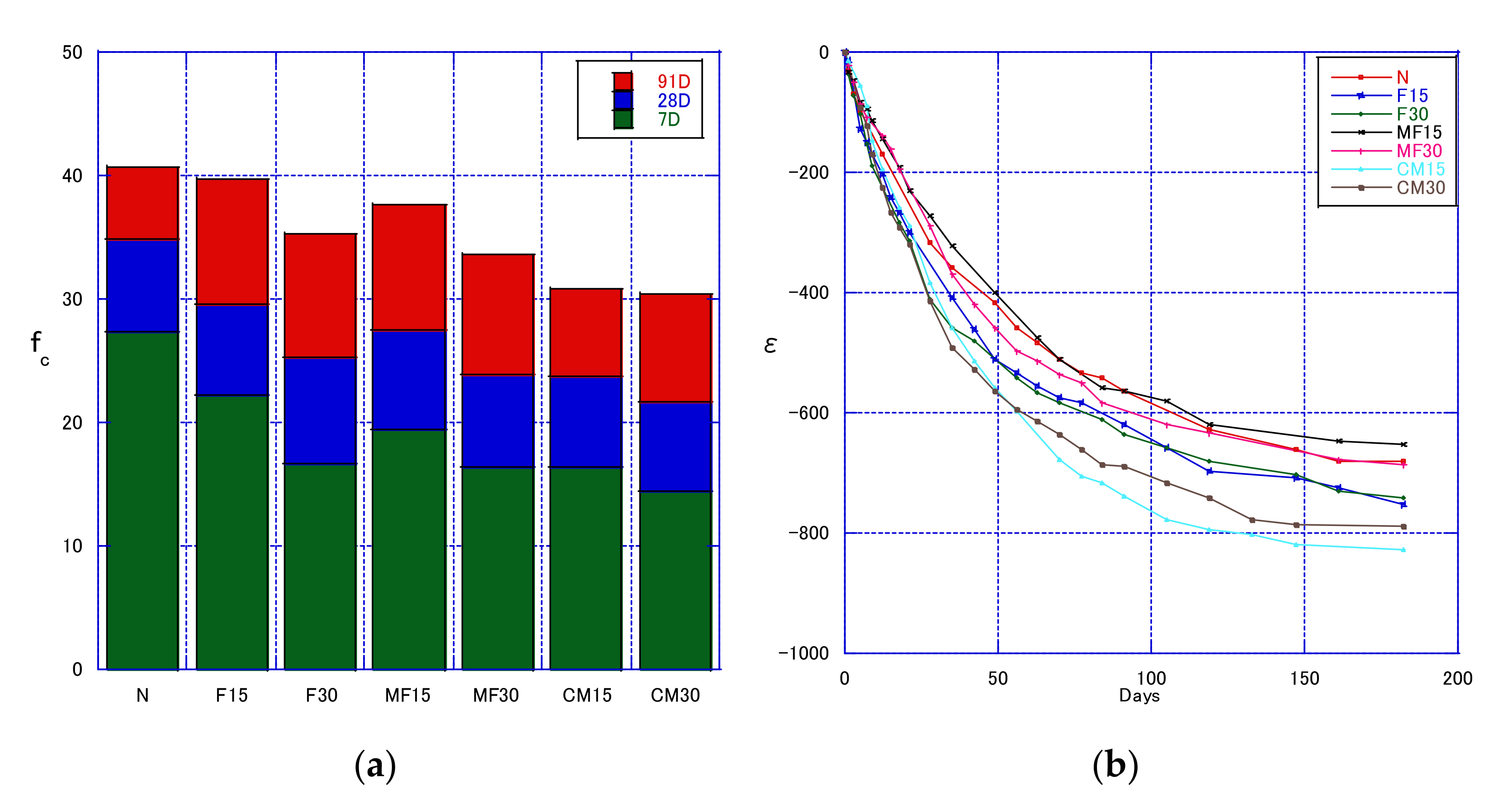

| Fly Ash | LOI (%) | Density (g/cm3) | Specific Surface Area (cm2/g) |
|---|---|---|---|
| a-1 | 0.72 | 2.30 | 1510 |
| a-2 | 0.42 | 2.27 | 2970 |
| a-3 | 1.30 | 2.29 | 2790 |
| a-4 | 6.99 | 2.30 | 4640 |
| a-5 | 3.86 | 2.24 | 4250 |
| a-6 | 2.22 | 2.25 | 4200 |
| b-a | 5.87 | 2.12 | 4590 |
| b-2 | 7.39 | 2.27 | 4890 |
| b-3 | 7.85 | 2.37 | 4620 |
| b-4 | 12.92 | 2.24 | 4890 |
| c | 7.25 | 2.3 | 5560 |
| d | 9.85 | 2.11 | 6060 |
| e | 2.81 | 2.11 | 3470 |
| f | 3.36 | 2.26 | 3280 |
| Type | MFA | Raw Ash |
|---|---|---|
| LOI (%) | 1.75 | 13 |
| Density (g/cm3) | 2.33 | 2.32 |
| Blaine (cm2/g) | 3220 | 4830 |
| Type | W/C | W/B | Unit (kg/m3) | ||||||
|---|---|---|---|---|---|---|---|---|---|
| (%) | (%) | W | C | FA | MFA | S | G | RG | |
| C0F0F0 | 55 | 55 | 180 | 327 | - | 0 | 857 | 945 | - |
| C0F0F15 | 65 | 55 | 278 | 49 | 840 | 945 | - | ||
| C0F0F30 | 79 | 55 | 229 | 98 | 824 | 945 | - | ||
| C0F0M15 | 65 | 55 | 278 | - | 49 | 842 | 945 | - | |
| C0F0M30 | 79 | 55 | 229 | - | 98 | 828 | 945 | - | |
| C100F0M15 | 65 | 55 | 278 | - | 49 | 842 | - | 885 | |
| C100F0M30 | 79 | 55 | 229 | - | 98 | 828 | - | 885 | |
| Type | LOI (%) | Density (g/cm3) | Specific Surface Area (cm2/g) | |
|---|---|---|---|---|
| C-ash | Untreated ash | 7.25 | 2.30 | 5560 |
| Tail ash | 2.31 | 2.31 | 4660 | |
| D-ash | Untreated ash | 9.85 | 2.11 | 6060 |
| Tail ash | 2.88 | 2.20 | 4520 | |
Publisher’s Note: MDPI stays neutral with regard to jurisdictional claims in published maps and institutional affiliations. |
© 2021 by the authors. Licensee MDPI, Basel, Switzerland. This article is an open access article distributed under the terms and conditions of the Creative Commons Attribution (CC BY) license (https://creativecommons.org/licenses/by/4.0/).
Share and Cite
Lin, H.; Takasu, K.; Koyamada, H.; Suyama, H. Development of Flotation Device for Removing Unburnt Carbon in Fly Ash for Use in Hardened Cementitious Materials. Materials 2021, 14, 6517. https://doi.org/10.3390/ma14216517
Lin H, Takasu K, Koyamada H, Suyama H. Development of Flotation Device for Removing Unburnt Carbon in Fly Ash for Use in Hardened Cementitious Materials. Materials. 2021; 14(21):6517. https://doi.org/10.3390/ma14216517
Chicago/Turabian StyleLin, Hangwei, Koji Takasu, Hidehiro Koyamada, and Hiroki Suyama. 2021. "Development of Flotation Device for Removing Unburnt Carbon in Fly Ash for Use in Hardened Cementitious Materials" Materials 14, no. 21: 6517. https://doi.org/10.3390/ma14216517






